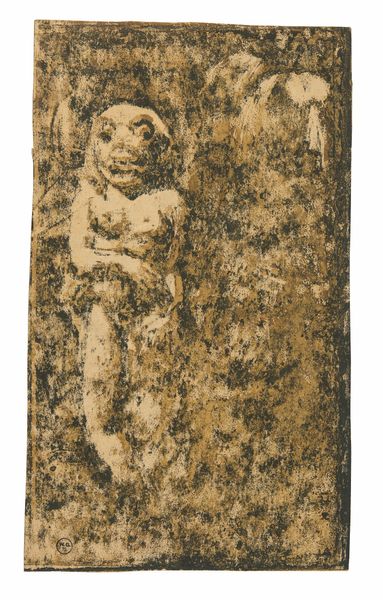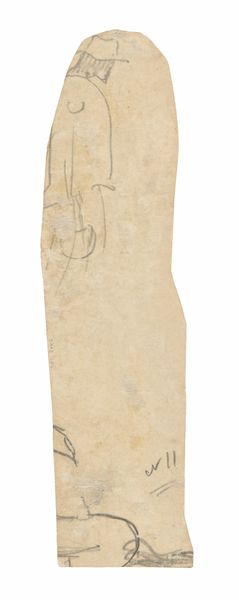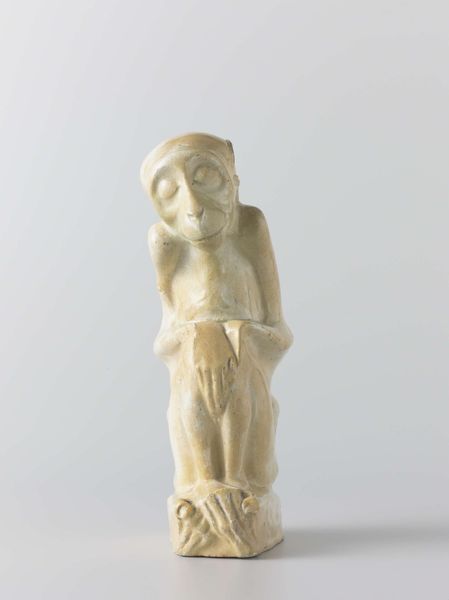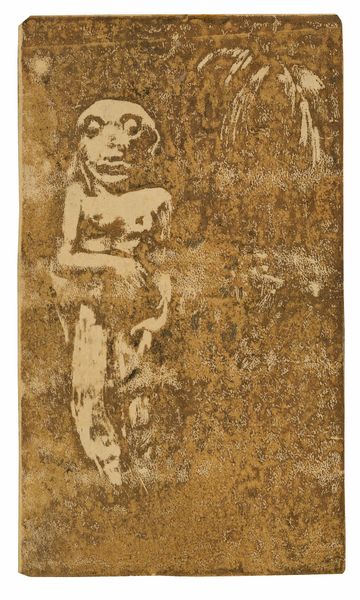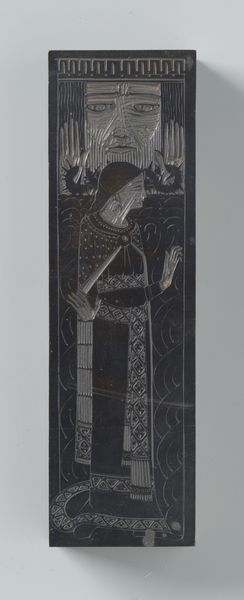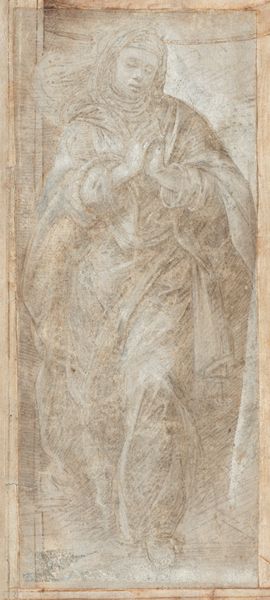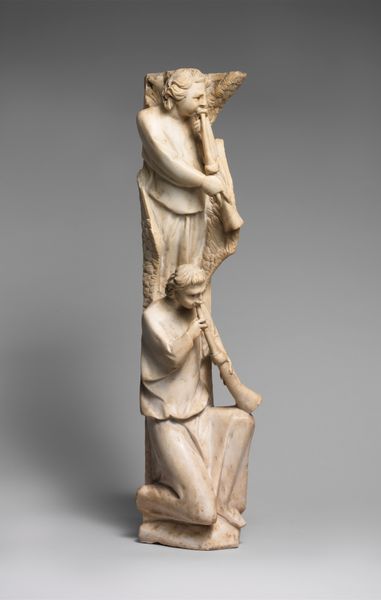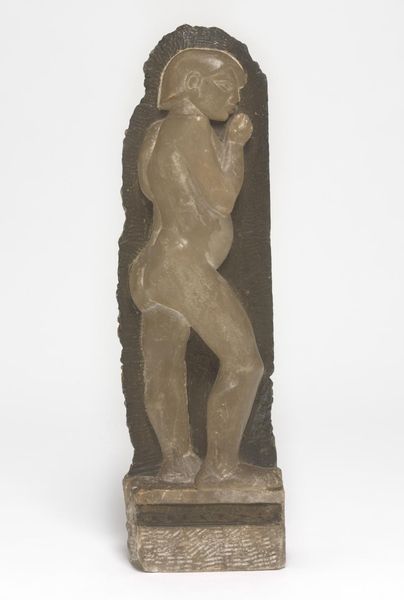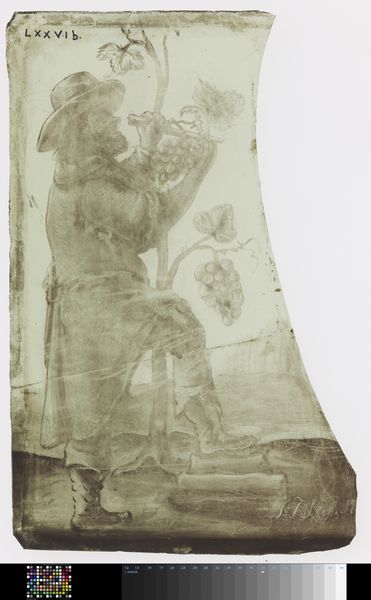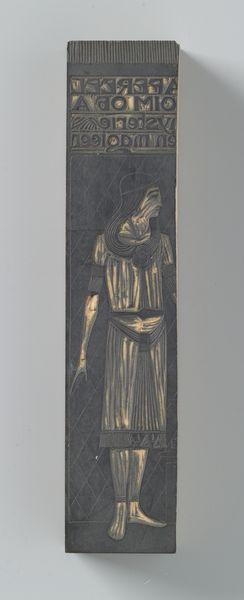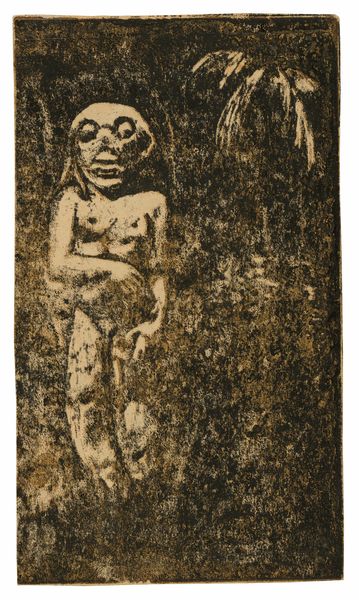
drawing, paper, charcoal
#
portrait
#
drawing
#
charcoal drawing
#
paper
#
pencil drawing
#
charcoal
#
post-impressionism
#
charcoal
#
nude
Dimensions: 163 × 43 mm
Copyright: Public Domain
Curator: This is Paul Gauguin's "Sketch of Maori Woman and Child," created between 1891 and 1893, currently held here at the Art Institute of Chicago. Editor: It's quite spare, almost unfinished, but that very quality makes it compelling. The way the figures emerge from the paper, barely there… It's vulnerable. Curator: Consider the materials: charcoal, pencil, pen and ink on paper. This combination speaks to a process of exploration. Gauguin, rather than presenting a finished product, allows us a glimpse into the mechanics of his gaze. How he’s building form, deciding which lines define and which merely suggest. Editor: It's impossible to separate Gauguin's "gaze" from its colonial context. This isn't a neutral study. These are Maori subjects rendered through a Western lens during a period of intense cultural disruption. I think we must examine his motives: Why these bodies, and what does he seek to convey, or perhaps more accurately, appropriate? Curator: Absolutely. The means of production also played into Gauguin's exotification and commodification of indigenous culture for the Parisian art market, let's also not ignore that. Think about the consumption and exhibition practices connected to this kind of imagery. Editor: The very fact that it's a "sketch," implies a certain disposability, doesn't it? As if the woman and child are mere subjects for artistic consumption, readily discarded after their likeness has been extracted. We need to recognize how these portrayals served—and continue to serve—specific power dynamics. Curator: Agreed. Gauguin, steeped in Post-Impressionism, pushes beyond simple representation to craft his unique symbolic system that emphasizes form and raw emotional power through gestural techniques in service of European aesthetic traditions and for an art market seeking novel primitive imagery. Editor: It also brings to the forefront the complex and often troubling relationships between art, colonialism, and representation. We can engage critically with the art while holding Gauguin accountable. Curator: I concur. Hopefully, that perspective enhances the richness, but also deepens awareness of the sociopolitical concerns in assessing artworks like this. Editor: Precisely. By juxtaposing aesthetic appreciation with contextual awareness, we might have created a fuller, and perhaps, more useful perspective on it.
Comments
No comments
Be the first to comment and join the conversation on the ultimate creative platform.
